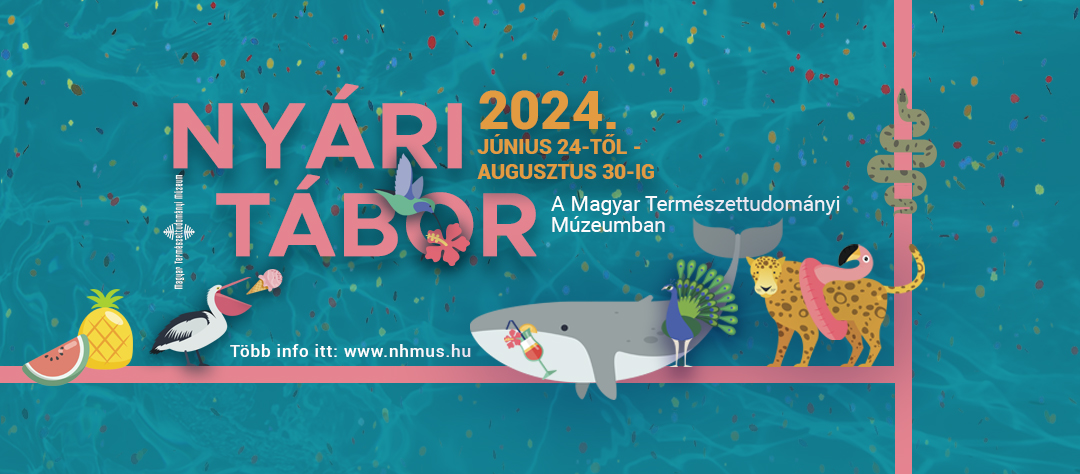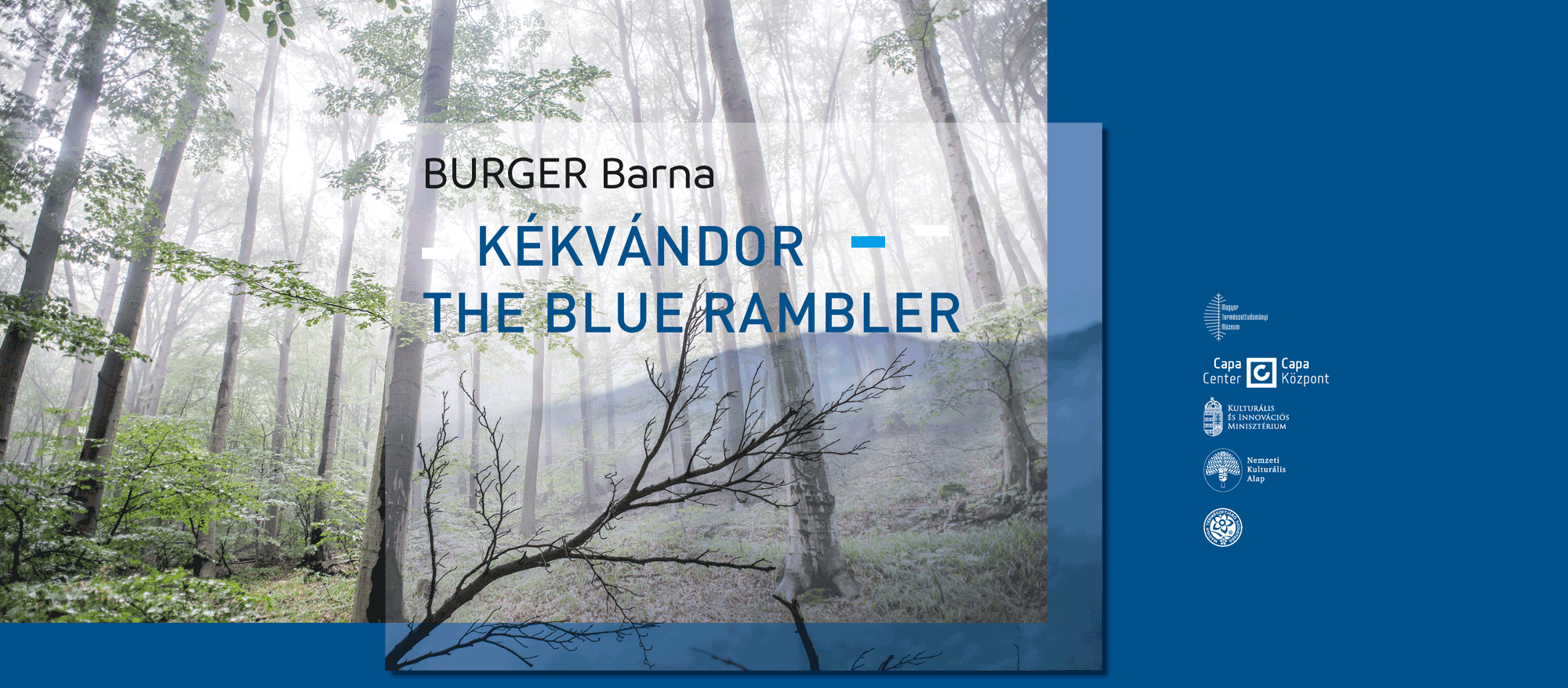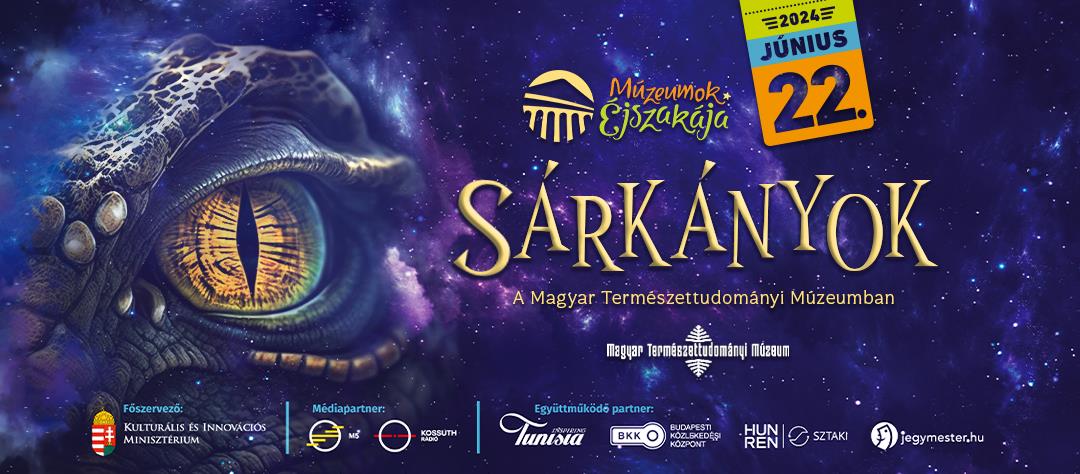Hungarian biologists have always been at the forefront of researching the Balkans. In the last decades several expeditions have been launched to Albania to explore the undiscovered flora and fauna. In spite of the rumours about the presence of lesser mole-rats, the species had never been recorded scientifically from the area. One and a half years ago Gábor Csorba, along with two of his colleagues, decided to search the hidden small mammal in the country. I asked him about his experience.
Lesser mole-rat in grass. The inhabitant of underground burrow feels uncomfortable on surface.
How can it be possible there is a mammal species in Albania that has never been seen by any local researcher?
The lesser mole-rats live underground; they never come to the surface. Their daily routine is completely different from ours. It is all the same for them whether it is day or night; they mostly remain motionless except for some short active periods in every fourth or fifth hours. In spite of being hidden, it is not true that researches had not seen any of them in Albania before. For instance, one of my colleagues, Gellért Puskàs, who actually works in the Orthoptera Collection of our institution, brought a voucher specimen from one of his expeditions. We have ascertained some traits of the mole- rats in the last years. While they look like just the same everywhere in their different habits, we can distinguish many species from each other by genetic markers. Currently, we know about 23 species from Europe. The aim of our expedition was to determine the habits of the Albanian populations and to return with specimens which can be examined by DNA analysis.
Who did you go on this trip with?
I basically joined Edvárd Mizsei, a student of the University of Debrecen, whose professional field is venomous snakes, and an ex -colleague of mine, Dávid Czabán came with us, who is a mammal researcher. Edvárd planned our route very carefully by Geographic Information Systems. Following it, we managed to visit many localities from Montenegro to the Epirus, the other side of the board of Albania and Greece.
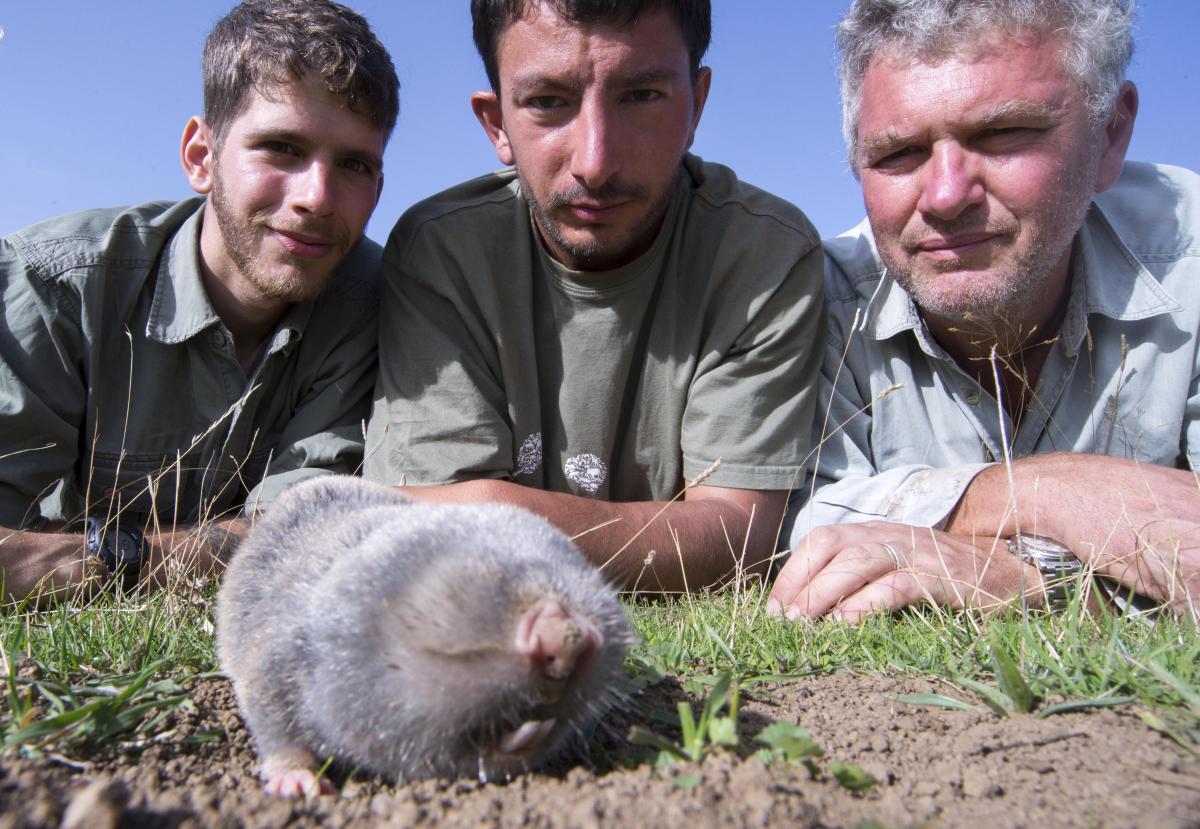
The three researchers (from left to right: Edvárd Mizsei, Dávid Czabán, Gábor Csorba) with a lesser mole-rat in the foreground (photo: Edvárd Mizsei)
This trip sounds relatively long. Did you have enough time to observe these animals?
We had a very tight time schedule, that is for sure! We drove during the night and arrived at our destination at about 2 or 3 a.m., set up our camp and slept only a couple of hours. From early morning to late evening we were working to capture a mole-rat. If it was successful, we left for the next site, if it was not, we stayed there longer.
How can you catch a mole-rat at all?
First of all we have to know the way of their lives. We inspect their tunnel by a thin wire to be able to determine the direction and open a suitable section at one of the ends. Presumably, the mole rat in its active period will try to fill the hole to protect itself from the predators. From then on we just have to perceive the active animal. When we notice a pile of soil coming up from the opened tunnel, we try to block the escape route behind the animal by a spade. In Hungary, you can surely capture something in 4 or 5 hours by this method.
And how did you notice the animal in the dark?
By stabbing bamboo wands in the ground right at the open end with fishing sensor lights fastened on them. The lights helped us to see from a longer distance with binoculars if the wands were still standing or had already fallen over.
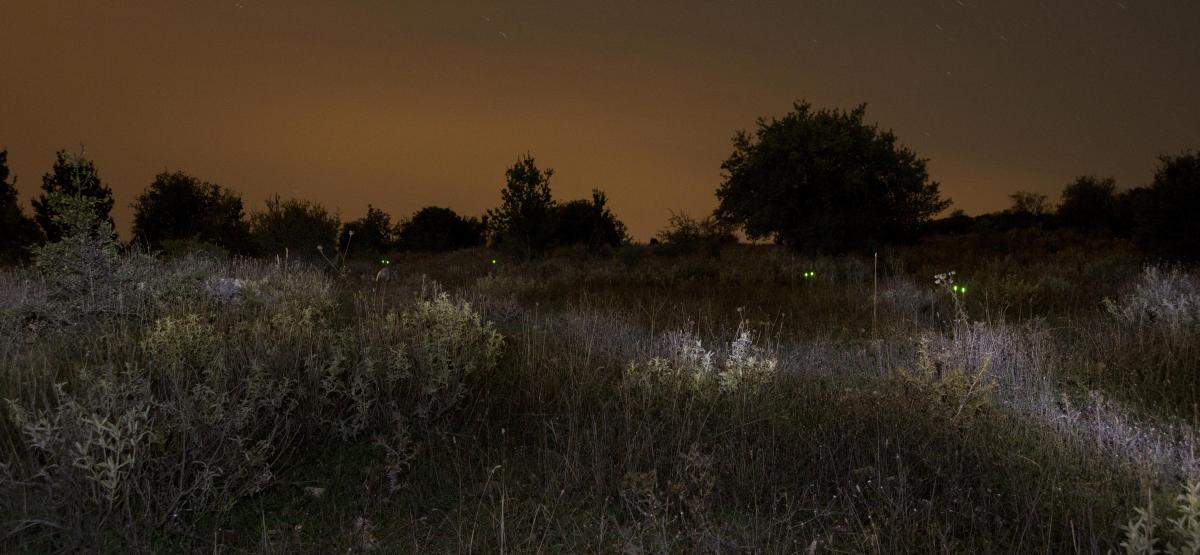
„Fishing’” for mole-rat at night. The sources of the green lights are fishing sensor lights fastened to bamboo wands.
Was your expedition finally successful in Albania?
It is difficult to capture mole-rats on lands that we don’t know well, as we don’t have too much information about the daily routine of the local populations, their activity during the day or night or even in a certain season. Only an active animal can be caught and our trip didn’t coincide with the most intensive period of mole- rats. Furthermore, the soil conditions are completely different, they are harder and stony, thus it is more difficult to block the escape route of the animal. This was the reason why we collected three genetic samples only. I guess the real disappointment was the research in Greece. We spent 4 days there and didn’t manage to catch any specimens. This failure at least inspires us to organize more expeditions there!
Have you already identified the species you found there?
No, we haven’t done the genetic examinations yet, however, not only the taxonomical identification of the specimens is important. The discovery of their habitats is already a big step considering what we have known about the mole-rats so far.
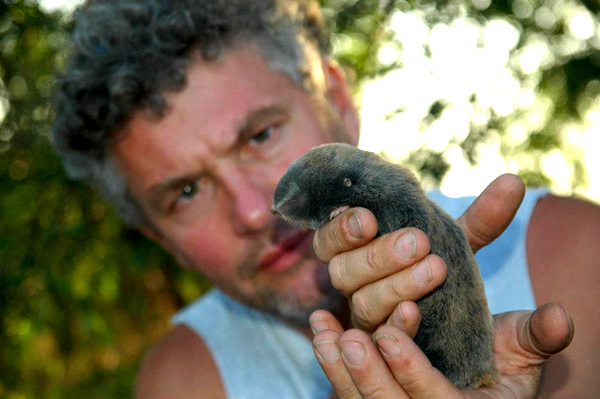
Why is it so important to discover the habitats of these species?
During the ice-age the flora and fauna moved to southern areas to survive the cold period. If we understand the population of the refugia and the return of the wildlife to the northern parts after the warming period, we can reach exciting conclusions in terms of evolution, origin of the species, zoogeography and climatology.
Impressive expedition landscape with mole-rat hill in the foreground (photo: Dávid Czabán)
You had already participated in several expeditions, but this was the first time you had been to Albania. In what ways was it different from your other trips? How did you like the country?
It might come with age, but apart from being extremely curious, I always have worries in a country which I don’t know well. I have questions like: What is the public safety like? Will we be able to refuel? Will we have decent food? How will the local people react if we show up with a jeep and three tents? Fortunately my fears were not confirmed; we didn’t lack anything, and we were welcomed by the locals. The road network had also improved, which made our trip easier, yet it was a negative change for the nature. During my time there I realized how easy it was for me to fall in love with the beauty of that country.
The lesser-mole rat has cylindrical shape, 15-24 cm (5.91- 9.45 inches) length and 25-35 dkg (0.55-0.77 pounds) weight. It inhabits in burrows it digs under the ground of steppe grassland, meadows and pastures. By a pair of small eyes under the skin it is only be able to distinguish darkness and daylight. Under this name, we know several species which are similar in their appearance but different in their genetics. Their presumably small populations are highly threatened due to the restricted habits.
Writer: Mária Tegzes
Editor: Szabolcs Simó
Translation: Bernadett Döme

